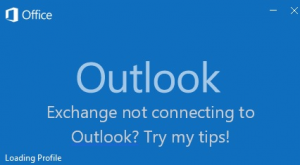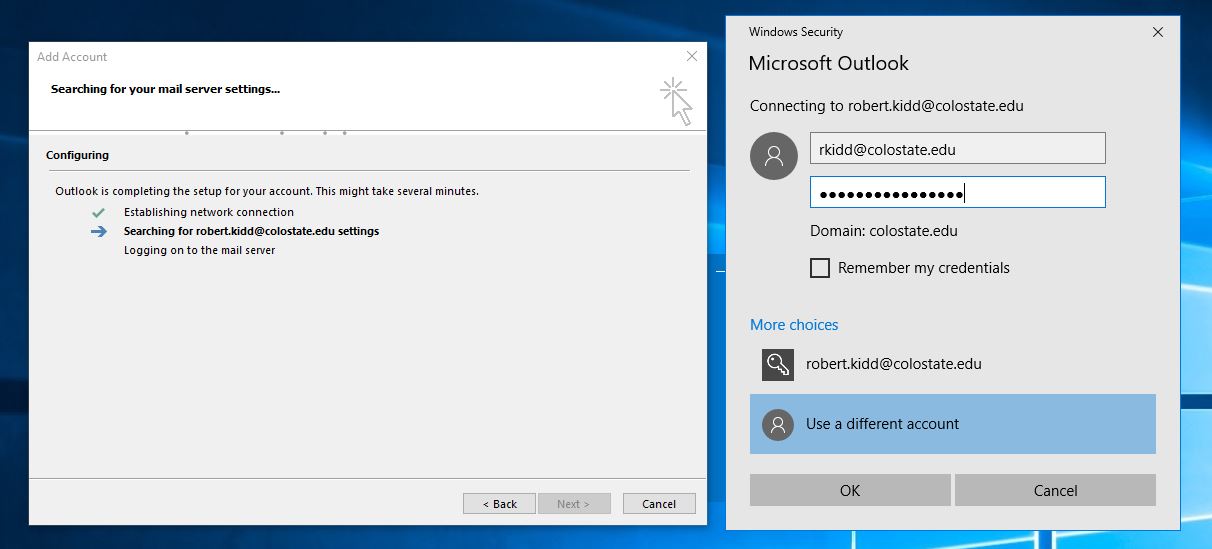

Multi-factor authentication must be disabled for the Security Defaults also blocks legacy applications that cannot authenticate with a modern authentication protocol.

Navigate to the SharePoint Online page where you want to add an image map. This explains why I could never login to SharePoint Designer 2013 and why I’ve been having issues with other Office client apps. 98 version of the Azure AD PowerShell module installed, you can load the necessary DLL via: 1. To ensure you have all available cmdlets, you should always make sure the module.
OUTLOOK MODERN AUTHENTICATION REGISTRY HOW TO
Exchange FIP-FS Scan Engine Update Issues: How to roll-back the update.Running Sync-ModernMailPublicFolders.ps1 with Modern Authentication.

Post navigation ← WordPress Visitor Counter The mysterious case of intermittent one way audio loss between a Biamp TesiraFORTE device and an Avaya gateway → This entry was posted in Active Directory, Azure, Exchange, O365 and tagged ADAL, gpp, group policy, hybrid, modern authentication, Outlook on Octoby Mark DePalma. I wouldn’t use this method for everything, but can be very helpful for those one-off situations where you want a setting to take effect immediately without requiring a logoff/logon or reboot. This method could also be used for computer-based settings, but the LDAP query would have to be adjusted to target a ‘ computer‘ objectCategory and the name of the computer ( %ComputerName%). HKCU\Software\Policies\Microsoft\Windows\Control Panel\Desktop – ScreenSaveActive=0/1). This method could also be used for traditional GPO settings as well, but you’d have to use GPP to directly target GPO registry value(s) ( ex. (&(objectCategory=user)(memberOf= GROUP DISTINGUISHED NAME)(sAMAccountName=%LogonUser%)) Create LDAP Query Create LDAP Query condition Retrieve group distinguishedName

Create your filter using the distinguished name of your AD group and the ‘%LogonUser% variable.Enable ‘ Item-level targeting‘ on the setting.This LDAP query is completely dynamic and isn’t tied to the group list in user’s Kerberos token. In order to get around this requirement I used GPP targeting with an LDAP query that looked for the group membership rather than standard group membership check. I wanted to be able to quickly enable/disable ADAL for a user without requiring them to logoff/logon. The issue is when you use an AD group with a group policy any member addition/removal needs to be coupled with a logoff/logon (or a reboot if it involves in a computer object in an AD group) to generate a new Kerberos token. This is easily handled with a ‘EnableADAL’ registry setting via GPO/Group Policy Preferences (GPP)/AD group. To do this we needed to disable modern authentication in Outlook on the client-side while being able to selectively enable it for certain users. This switch can potentially be disruptive and we did not want to run into issues with the general user base. Outlook 2016) will begin using modern authentication (ADAL) exclusively by default. One caveat of enabling hybrid modern authentication in Exchange is that once this is flipped on any compatible client ( ex.
OUTLOOK MODERN AUTHENTICATION REGISTRY WINDOWS
As part of piloting O365 I was tasked with implementing hybrid modern authentication in our Exchange org in order to leverage functionality like the Outlook mobile application and MFA within the Windows version of Outlook for on-prem mailboxes.


 0 kommentar(er)
0 kommentar(er)
